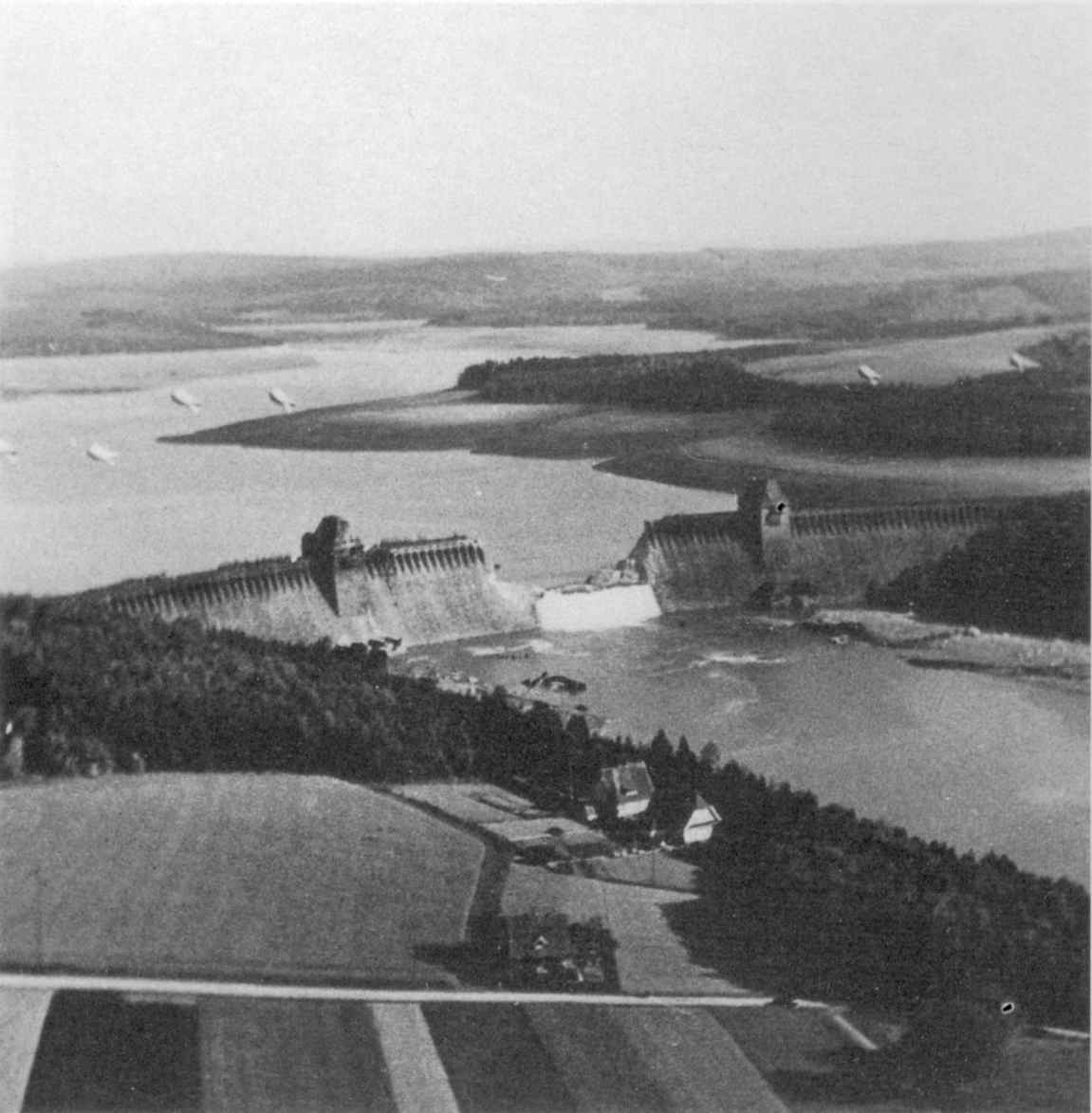Better Dambusters - how when I consider the operation a tremendous success.
However it was a suicide mission with 46 out of 133 being killed I think.
Max Hastings in his book says
1. The Mobile reserve was ill considered given its casualties were highest once the defenses were alerted.
2. The attempts to bomb earthworks bombs like the Sorpe were entirely pointless (would the later Tallboy have been effective?)
So if it wasn't such a brutal raid would other stuff like 'Highball' have gone on.
All answers gratefully appreciated
However it was a suicide mission with 46 out of 133 being killed I think.
Max Hastings in his book says
1. The Mobile reserve was ill considered given its casualties were highest once the defenses were alerted.
2. The attempts to bomb earthworks bombs like the Sorpe were entirely pointless (would the later Tallboy have been effective?)
So if it wasn't such a brutal raid would other stuff like 'Highball' have gone on.
All answers gratefully appreciated



